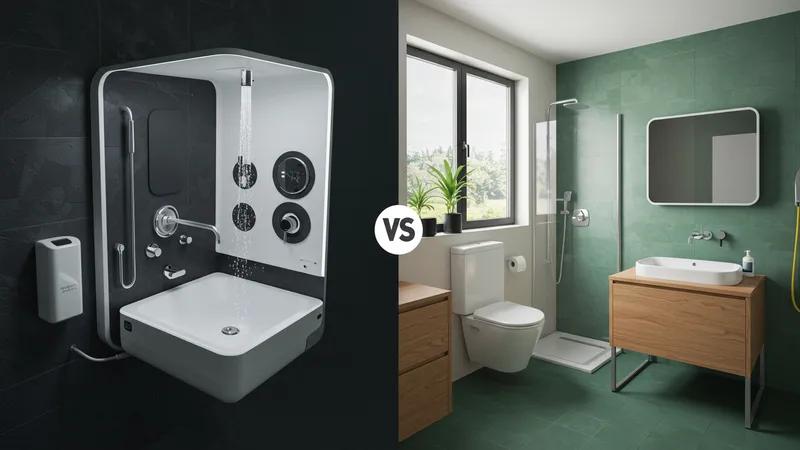
Finding A Reliable Plumber Near You For Same Day Service
Cultural Insights: Learning from Global Practices
Plumbing practices differ worldwide, revealing a colorful palette of techniques and values from which we can learn. From Japan’s space-saving fixtures to Sweden’s eco-system focused designs, there’s much more than a basic sink or toilet twist at play. So what can we learn from these global contrasts?

Japan’s integrated approach to water use showcases an efficiency in design that respects both space and resource scarcity, pivotal lessons for homeowners and service providers alike in maximizing utility within limited rooms. These innovations have a place in our homes.
In European plumbing, the philosophy often gravitates toward minimizing ecological damage while enhancing system longevity. Their adept crafting of advanced water-saving systems offers a valuable blueprint for sustainable living—insights our own plumbing culture can embrace.
These global examples encourage reflection on our conveniences. Integrating newer, foreign ideas could spur revolutions in home efficiency and comfort. What’s necessary for these insights to evolve into local norms, and what factors currently obstruct such progression?